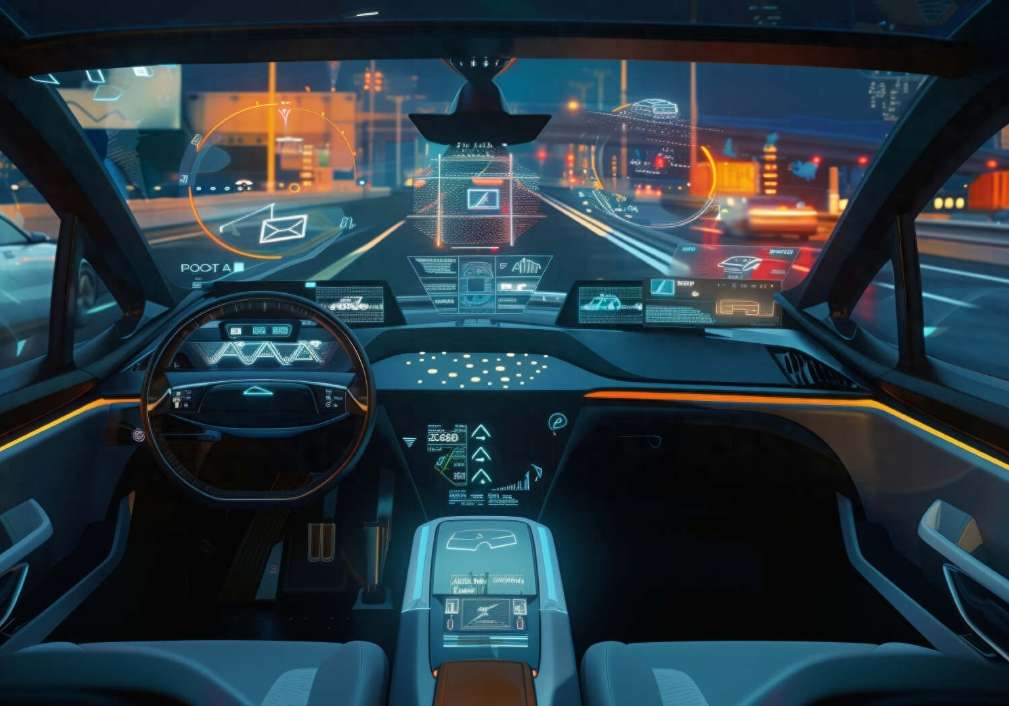China's Smart Driving Sector Stirred by Tesla FSD Debut
Advertisements
On February 25, 2025, Tesla made waves in the automotive industry by quietly launching its Over-The-Air (OTA) software update, version 2024.45.32.12, which introduced the much-anticipated city road Autopilot assistance feature to the Chinese market. This event, characterized by industry insiders as a "sudden strike," marked the official entry of the Full Self-Driving (FSD) function into China after five years of waiting. The new update brought with it four core functionalities: automatic exit on ramps/intersections, traffic light recognition and turning, smart lane changes, and autonomous route selection without navigation. It is noteworthy that while Tesla continues to label this as an Autopilot upgrade, the functionality closely mirrors that of the North American FSD, available only to subscribers of the 64,000 RMB FSD service and for vehicles equipped with the AI 4.0 hardware.
In the face of cross-border data limitations between the US and China, Tesla has adopted a unique approach to overcome the technological dilemma: it has resorted to using the internet to capture videos of Chinese road conditions for simulation training. Elon Musk has acknowledged that the rules concerning bus lanes in China, which impose time restrictions on vehicle access, pose significant challenges. The stringent penalties for violations require the system to accurately interpret time indicators. This method of "remote training" starkly contrasts with BYD, which collects real-life driving test data amounting to 72 million kilometers daily.
Meanwhile, local competitors have established their defensive strategies. Huawei, for instance, has been proactive in asserting the capabilities of its ADS 3.0 technology. Yu Chengdong, the company's CEO, highlighted that through extensive testing, the Huawei system has achieved full automation from parking space to parking space. Furthermore, by leveraging vehicle-to-infrastructure collaboration, Huawei has significantly enhanced safety features within its driving solutions.
BYD has taken a different route by introducing its "human wave strategy," aiming to bring high-grade intelligent driving capabilities down to vehicles priced at 78,800 RMB. The release of 21 new models, all equipped with the "God's Eye" system, has allowed BYD to construct a robust data moat with over 4.4 million intelligent driving models. This strategy illustrates how traditional manufacturers are responding to Tesla’s entry by innovating within their own product lines.

The landscape of the automotive industry is currently undergoing a significant reshaping. Yu Kai of Horizon Robotics predicts that 2025 will mark the inaugural year for "hands-free driving." Tesla’s entry into the market has undoubtedly accelerated the differentiation within the industry. Leading firms are maintaining their edge through end-to-end technologies, with Huawei's ADS 3.0 claiming over 70% of orders. Its advanced technology and reliable performance have made it a favored choice among various automakers. In contrast, mid-tier players are pivoting towards partnerships with suppliers, optimizing their intelligent driving technologies through resource integration. Joint ventures may begin to retreat to the assisted driving market, gradually losing competitive advantages in the smart driving sector under the dual pressure exerted by domestic manufacturers and Tesla. This transformative wave of competition may echo the electric car surge initiated by the local production of the Tesla Model 3 in 2020, propelling the penetration rate of intelligent features from below 10% toward a significant 50%. The continuous evolution and popularization of intelligent driving technology signal a profound transformation for the automotive sector, transitioning from traditional transportation tools into intelligent mobile terminals.
Categories
Latest Post
- Divergent Paths of Japan's Economic Recovery
- China's Smart Driving Sector Stirred by Tesla FSD Debut
- Optimistic Outlook for Europe's Economic Recovery
- The Bank of Japan May Raise Interest Rates Again
- Federal Reserve Pauses Balance Sheet Reduction
- OPEC's Continuous Downgrade of Expectations
- AI Insurance: Waterdrop, DeepSeek Join Forces
- Public REITs Set New Records
- Behind the Record-breaking Gold Prices
- AI & Components: Fueling New Energy Investment